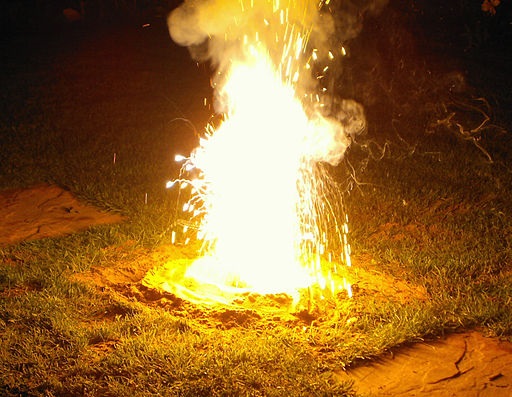10 minutes maximum! Can you do it in 5? |
1. Which statement is true for ALL metals?
- A. They are weak and brittle
- B. They do not conduct electricity when solid
- C. They melt at low temperatures when heated
- D. Their atoms lose one or more electrons when they react
| |
2. Lead is a typical metal. Which of the following is NOT a property of lead?
- A. It can be hammered into shape
- B. It has a low density
- C. It forms covalent compounds
- D. It conducts heat
| |
3. Element Q is a solid element which forms a basic oxide, forms an alloy and is below hydrogen in the reactivity series. Element Q could be ...
- A. copper
- B. carbon
- C. zinc
- D. sulfur
| |
4. Which one of the following is a metallic element?
| |
Electrical conductivity (solid) |
Electrical conductivity (liquid) |
| A |
low |
low |
| B |
low |
high |
| C |
high |
low |
| D |
high |
high |
| |
5. Which one of the following substances could be magnesium metal?
| |
Malleability |
Reaction with
hydrochloric acid |
| A |
bends |
no reaction |
| B |
breaks |
no reaction |
| C |
bends |
Reacts giving effervescence |
| D |
breaks |
Reacts giving effervescence |
| |
6. Which of the following is true about the reactivity of metals?
| |
The more reactive a metal the ….. |
A more reactive metal will …… |
| A |
greater its tendency to form positive ions |
not displace a less reactive metal from a compound |
| B |
greater its tendency to form positive ions |
displace a less reactive metal from a compound |
| C |
less its tendency to form positive ions |
not displace a less reactive metal from a compound |
| D |
less its tendency to form positive ions |
displace a less reactive metal from a compound |
| |
7. Four metals reacted as follows:
| Metal |
With cold water |
With acid |
| W |
Reacts very slowly |
Slow reaction |
| X |
No reaction |
Slow reaction |
| Y |
Fast reaction |
Violent reaction |
| Z |
No reaction |
No reaction |
|
|
The four metals, W, X, Y, Z in order of decreasing reactivity are ...
- A. Y, W, X, Z
- B. Y, W, Z, X
- C. Z, X, W, Y
- D. X, Z, W, Y
| |
| 8. The results of two experiments are summarized in the following word equations:
Zinc + nickel oxide → zinc oxide + nickel
Nickel + platinum oxide → nickel oxide + platinum |
|
These three metals in order of increasing reactivity are:
- A. platinum, nickel, zinc,
- B. nickel, platinum, zinc
- C. zinc, nickel, platinum
- D. nickel, zinc, platinum
| |
9. Some reactions of three metals are listed in the table below:
| Metal |
Does metal react with dilute acid? |
Is the metal oxide reduced by carbon? |
| R |
yes |
no |
| S |
yes |
yes |
| T |
no |
yes |
|
|
The order of reactivity of these metals is:
| |
Most reactive to least reactive |
| A |
R |
T |
S |
| B |
R |
S |
T |
| C |
S |
R |
T |
| D |
T |
R |
S |
| |
| 10. A violent reaction occurs when iron(III)oxide reacts with aluminium powder. The equation for the reaction is:
Fe2O3 + 2Al → 2Fe + Al2O3 |

Author:Caesium Fluoride | CC 3.0 |
The substance that is oxidized in this reaction is ...
- A. iron(III)oxide
- B. aluminium
- C. iron
- D. aluminium oxide
| |
|
